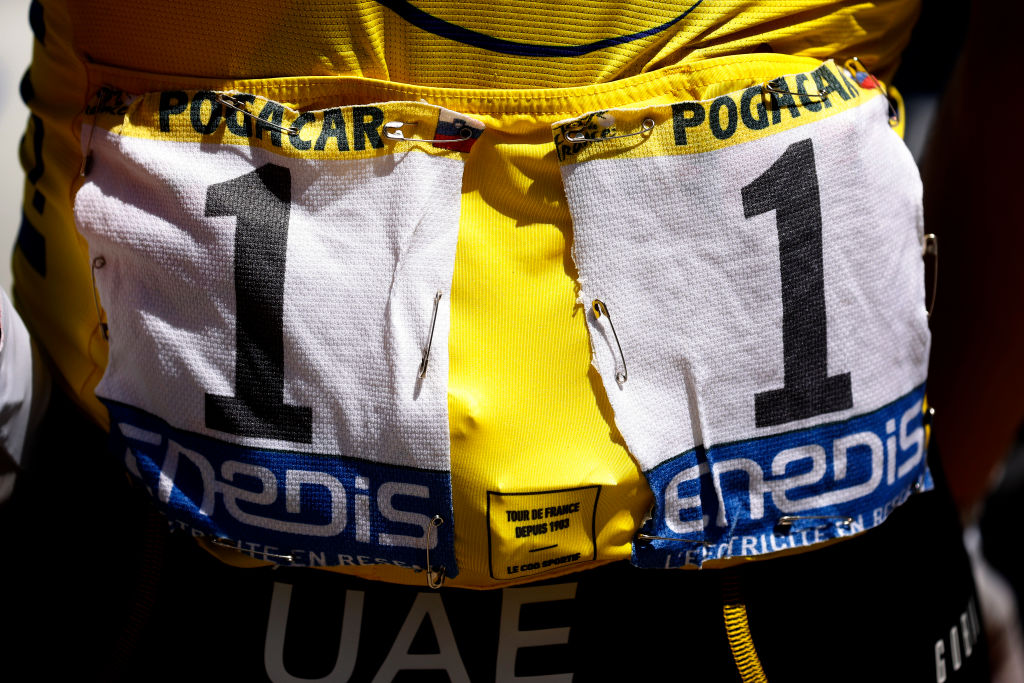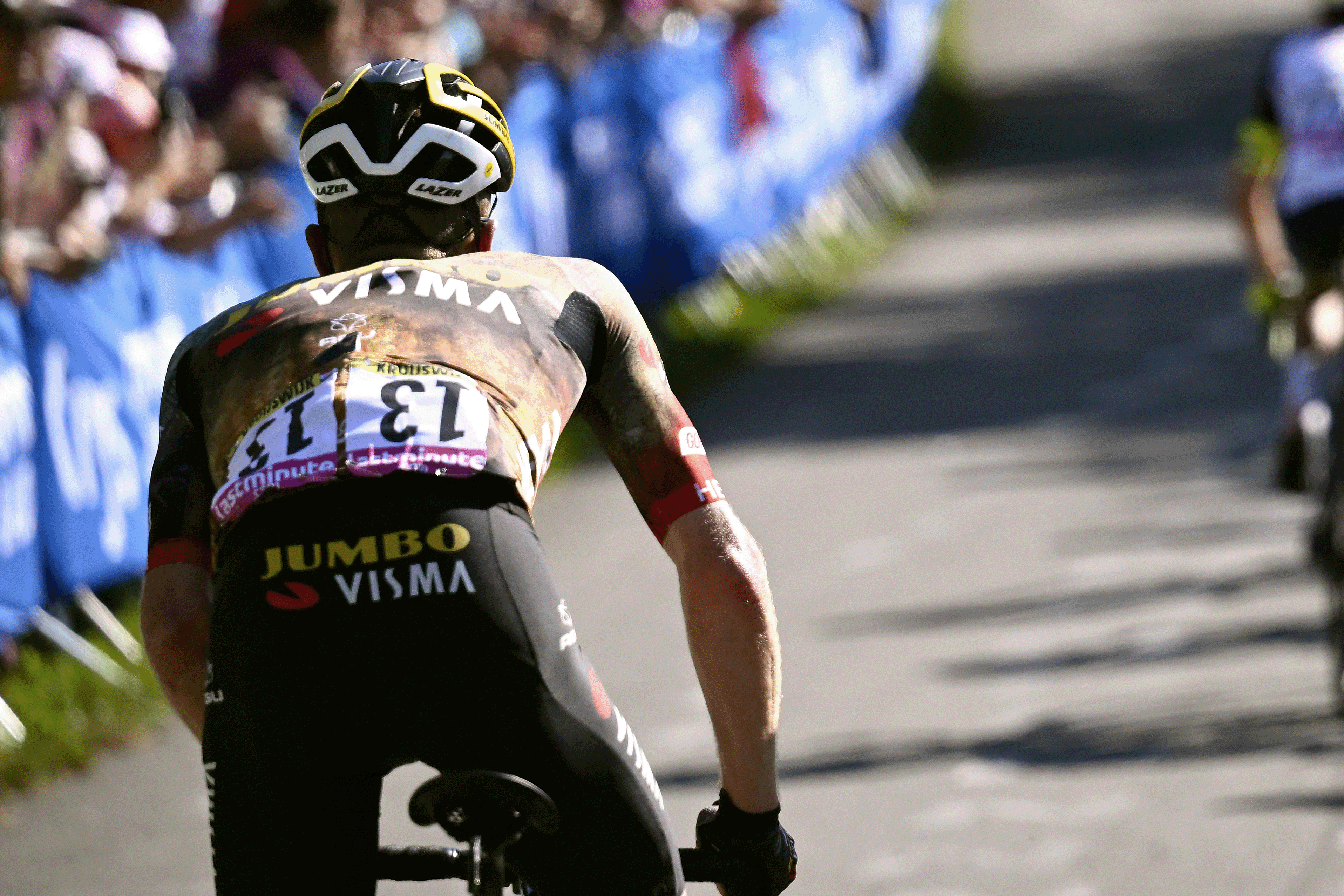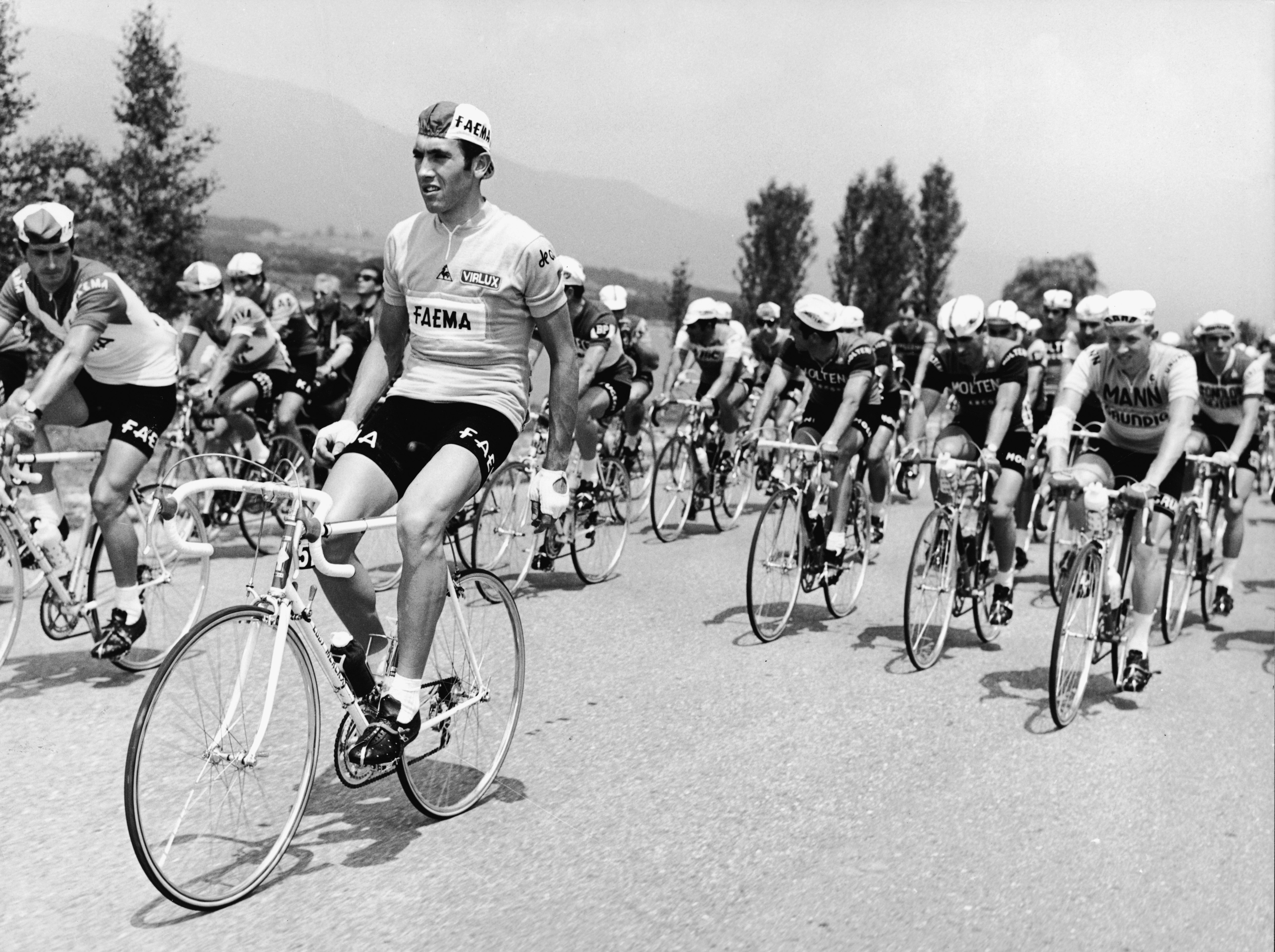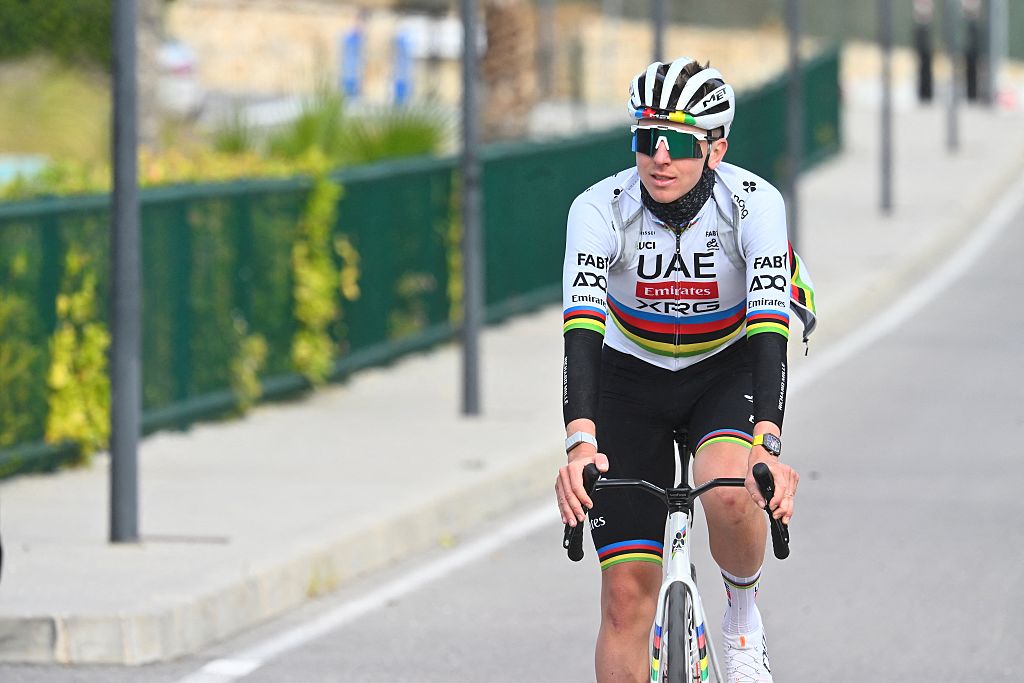How are Tour de France numbers assigned?
We take a look at how La Grande Boucle decides on each rider’s number

In sport, a number can carry a lot of weight. In rugby or American football, a number denotes a position on the field, and a player will wear the same number year-round. In Formula 1, a driver's number is a big part of their brand. In plenty of sports, a number can be so important that when a legendary player retires, their club or team will retire their number with them, out of respect.
In cycling, however, it's a bit different. There are no season-long numbers (much to commentators' chagrin), no brand like Lewis Hamilton 44, and really it's just a random number that changes every race.
Therefore, you’d be forgiven for assuming that at the Tour de France the numbers on a rider’s back mean little to nothing. And you’d mainly be right. But what they lack in meaning, they very much make up for in satisfying logic. With one or two interesting exceptions. Here’s a quick run-down of the exact science behind how riders in the Tour get their number.
Tour de France: Who is Number 1?
If you have any knowledge at all about numbers in cycling, you probably know that number 1 is worn by the previous year’s victor, if they're in action. Tadej Pogačar (UAE Team Emirates-XRG) will wear number 1 this year as the Tour's defending champion after winning the 2024 edition of the race.
Statistically speaking, the number 1 bib, or dossard, to use the French term, is the most successful in terms of previous victories. A total of 27 Tour wins have come from riders sporting the single digit on their backs; the highest of any bib number.
In many ways it’s a self-fulfilling prophecy – the previous year’s best rider has an above-average chance of winning the race once again. In fact, it’s one of the few races within the sport of cycling where defending your title has any real meaning.
The team of the previous year’s winner fills out the rest of the single digits. So numbers 2-8 will be worn by the rest of the UAE Team Emirates-XRG team this year.
The latest race content, interviews, features, reviews and expert buying guides, direct to your inbox!
Why is Number 13 upside down?

The next predetermined number is 11. This number goes to the previous year’s runner-up. In 2025, this will be Jonas Vingegaard (Visma-Lease a Bike).
For the team that fills out the teens, there's another interesting number: 13. Usually considered unlucky 13, riders will often wear one of their dossards upside down, out of superstition. Particularly cautious teams have even asked to skip the number altogether, which UAE did in 2023.
They didn't do that in 2024, but the probably should have, because the rider who wore number 13 in 2024 was UAE's Juan Ayuso, who – spookily – dropped out of the race on stage 13, the only UAE rider not to finish the race. So the superstition might not be entirely unfounded...
The third set of numbers is 21-28, traditionally worn by the team of the rider who was third placed in the previous year’s Tour, so Remco Evenepoel and Soudal-QuickStep this year.
Beyond the previous year's top three, who gets each number in a team is usually decided by the team when they enter their riders. The '1' number – whether that's 1, 21, or 181 – will usually go to who the team is desgnating as their leader, so it's a handy way to spot who a team sees as their main guy.
Beyond the three previous podium spots is where things get a little sketchy. Theoretically, the numbers proceed 31-38 for the next team, 41-48 for the one after, and so on, but the reasons behind the exact placement of teams are not entirely clear; blocks have been allocated alphabetically, or by team ranking. There are exceptional cases though.
In 2023, for example, the next highest available number, 31, was awarded to David Gaudu after he finished fourth in the 2022 Tour de France – the highest-placed French rider.
The Tour de France’s mythical number 51

The number 51 retains an almost mythical significance to the French. Named the dossard anise after a brand of aniseed aperitif launched by Pernod in 1951, the legend was born following a successful decade for the number: four riders won wearing 51 within 10 years, beginning with Eddy Merckx in 1969 and ending with Bernard Hinault in 1978.
Since then, it’s been regarded as lucky, and is often awarded to a prominent French rider – Pierre Rolland wore 51 in 2013, Thibaut Pinot in 2019 and 2020 and Julian Alaphilippe wore it in 2023 for the second time in his career, whilst in 2024 te Austrian leader of Decathlon AG2R, Felix Gall, took the honours. In reality, it’s actually only the fourth-most successful dossard, after 11 and 2, sharing the ranking with 15 and 21.
Red and yellow
After the numbers have been allocated, that’s that. In terms of digits, at least. Once the race kicks in, there are colours that can be added to dossards to denote different things. Most notably, it used to be red but is now gold. Each day, the rider wearing the red number used to be the rider deemed to have been most aggressive during the previous day’s stage. In 2023, this red number was exchanged for a gold dossard due to the competition's sponsor, Century 21. Combativity is decided by a jury following each stage alongside a new vote made by members of the Tour de France Club.
The second colour visible within the peloton is yellow. Not to be confused with the yellow of the leader’s jersey, yellow numbers are awarded to the riders from the team who are recognised with the team classification at that point in the race. As a result, these may change hands just as the maillot jaune may shift from one set of slender shoulders to another, as the race progresses. UAE Team Emirates won the overall teams competition in 2024, with Pogačar winning yellow and Almeida finishing fourth.
Retired numbers
In the Tour, there aren't any retired numbers, but there are a couple in other races.
In the Giro, there's no bib 108, in tribute to Wouter Weylandt, who died when he crashed during the 2011 race, as that was the number he was wearing.
The Tour de Suisse did the same with Gino Mäder's number, 44, after his death in a crash there in 2023.
The Tour de France is the biggest race in cycling, and a Cyclingnews subscription offers you unlimited access to our unrivalled coverage. Get all the breaking news and analysis from our team on the ground in France, plus the latest pro tech, live race reports, and a daily subscriber-only newsletter with exclusive insight into the action. Find out more.

James Moultrie is a gold-standard NCTJ journalist who joined Cyclingnews as a News Writer in 2023 after originally contributing as a freelancer for eight months, during which time he also wrote for Eurosport, Rouleur and Cycling Weekly. Prior to joining the team he reported on races such as Paris-Roubaix and the Giro d’Italia Donne for Eurosport and has interviewed some of the sport’s top riders in Chloé Dygert, Lizzie Deignan and Wout van Aert. Outside of cycling, he spends the majority of his time watching other sports – rugby, football, cricket, and American Football to name a few.
You must confirm your public display name before commenting
Please logout and then login again, you will then be prompted to enter your display name.
